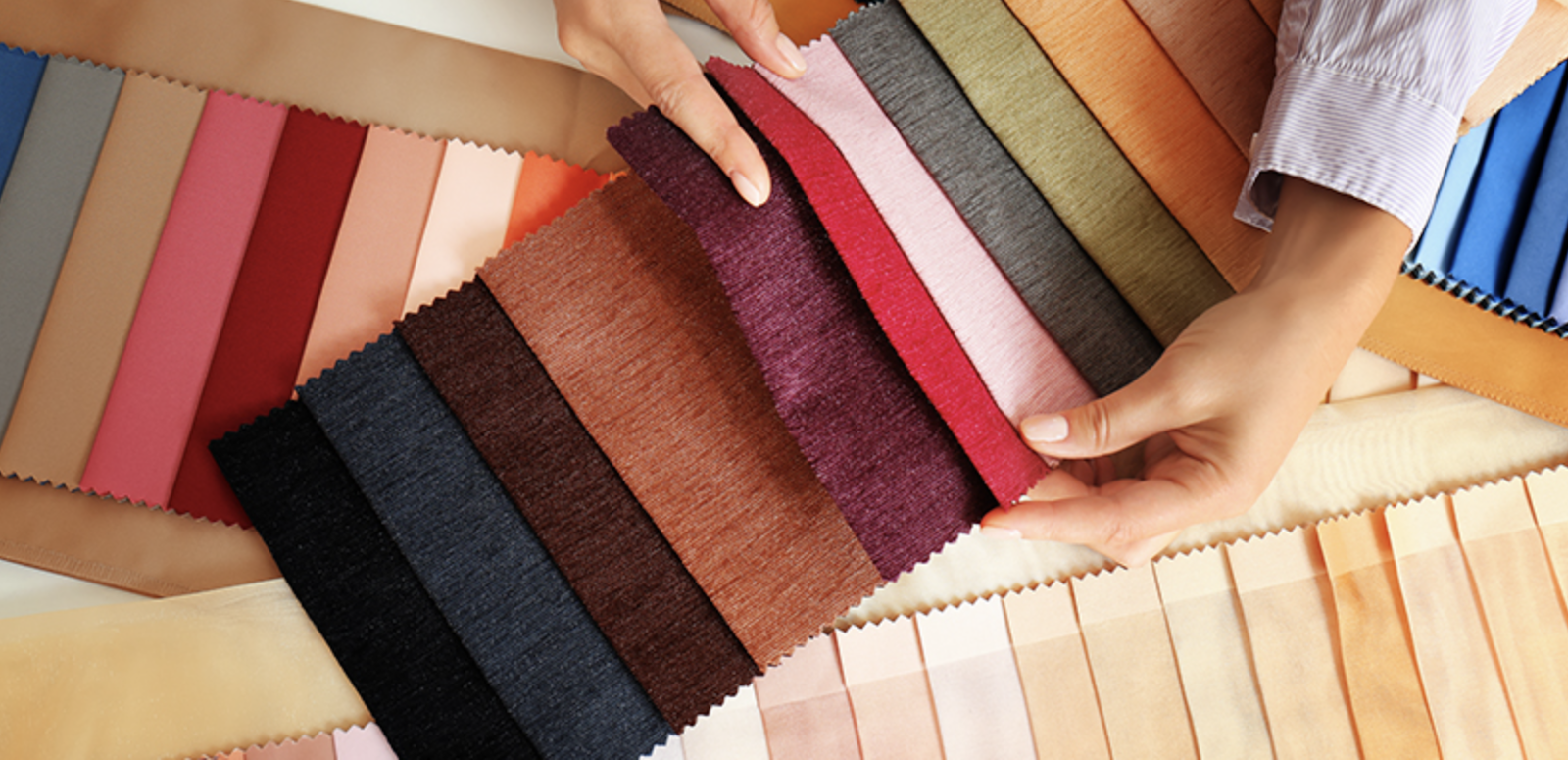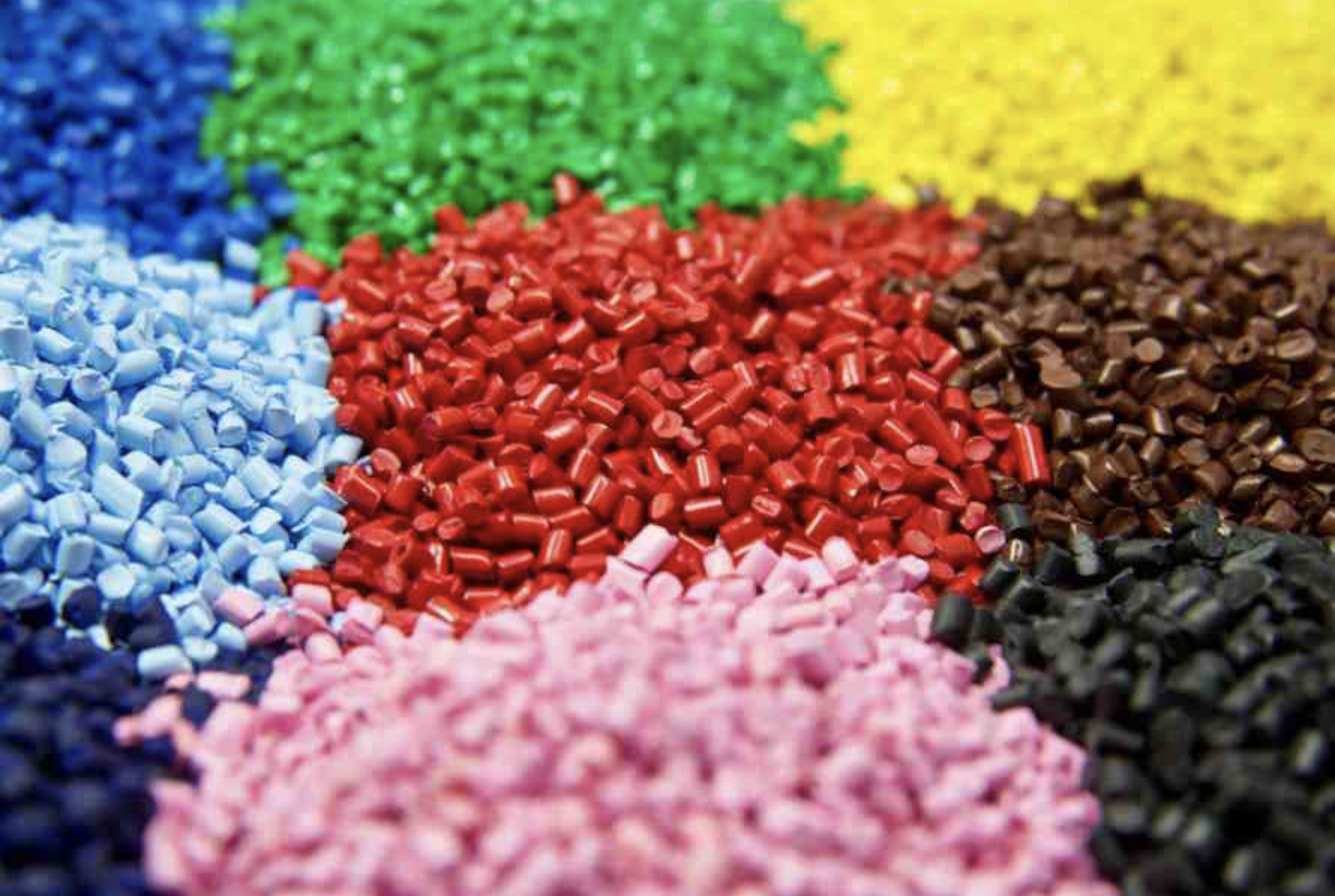Rayon and nylon are two synthetic fibers frequently compared due to their widespread use in various industries. Despite being classified as plastics, they exhibit distinct properties stemming from different origins. While rayon is derived from natural cellulose, nylon is entirely synthetic. This article delves into the key differences between these two materials, empowering readers to make informed choices based on durability and aesthetic considerations.
1. What Is Rayon Material?

Rayon, also known as viscose, is a man-made fabric created from regenerated cellulose fibers. Although not a natural fabric, rayon is produced from natural raw materials such as wood pulp or cotton staple.
The process involves treating the raw material with chemicals to form a cellulose solution, which is then extruded through tiny holes to create fibers. These fibers are subsequently stretched and processed to produce the final rayon fiber.
Advantages and disadvantages of rayon material:
| Advantages |
Disadvantages |
| Dye-friendly |
Susceptible to shrinkage and deformation |
| Reasonable price |
May be environmentally harmful |
| Good moisture absorption |
Requires careful care to maintain shape |
Applications of rayon materials:
- Industry: Rayon is used in the production of paper, sanitary napkins, and other products.
- Textile Industry: Widely used to produce fabrics such as viscose and modal, often employed in the creation of shirts, dresses, underwear, and pajamas.
- Medical Industry: Rayon's good absorbency and softness make it suitable for producing bandages and medical cotton.
2. Overview Of Nylon Material

Nylon is a synthetic polymer of the polyamide group, invented in the 1930s by a team of scientists led by Wallace Carothers at the DuPont Company. Unlike rayon, nylon is made entirely from petrochemical raw materials.
The process of making nylon involves polymerizing monomers to form long polymer chains. This polymer is then melted and extruded through small holes to form nylon fibers.
Advantages and disadvantages of nylon materials:
| Advantages |
Disadvantages |
| Lightweight, high strength |
Easily becomes static |
| Less susceptible to moisture |
Poorly ventilated |
| Good elasticity and shape recovery |
Environmentally unfriendly |
Applications of nylon materials:
- Electronics industry: High-temperature resistant wires, flexible circuit boards
- Textile industry: Nylon-reinforced fabrics, windproof jackets
- Industry: Fishing lines, airbags, tires,...
- Packaging industry: Packaging, films, papers, 3D printing,...
- Braided rope industry: Fishing nets, ropes,...
- Machine parts and components industry: Pipes, screws, nuts, bolts,...
See more:
- What is nylon? All about its properties and common uses
- Pe vs nylon: Which one should be chosen?
- How nylon impacted fashion?
3. Rayon vs. Nylon: Key Differences Explained
Although both rayon and nylon are man-made materials used in the textile industry, they have significant differences:
3.1. Origin and production process
- Rayon: Made from natural cellulose, such as wood pulp or short cotton. through chemical processing.
- Nylon: Completely synthesized from petrochemical raw materials.
3.2. Comfort
- Soft, breathable, comfortable to wear.
- Nylon: Smooth but less breathable, can cause a feeling of heat when worn for a long time.
3.3. Moisture absorption
- Rayon: Good moisture absorption, helps regulate body temperature.
- Nylon: Low moisture absorption, dries quickly but can cause discomfort in hot and humid weather.
3.4. Durability
- Rayon: Medium durability, easily weakened by water.
- Nylon: Very durable, abrasion resistant and not easily torn.
3.5. Stretchability
- Rayon: Limited stretch.
- Nylon: Good elasticity, suitable for clothing that requires high stretch.
3.6. Dyeability
- Rayon: Dye-friendly, produces vibrant and long-lasting colors.
- Nylon: Dyes well, but often difficult to achieve deep colors like rayon.
3.7. Environmental impact
- Rayon: Although made from natural materials, the production of rayon still uses many chemicals.
- Nylon: Is a synthetic plastic, is not biodegradable and can cause long-term environmental pollution.
3.8. Applications
- Rayon: Often used in clothing and products that require softness and breathability.
- Nylon: Popular in sportswear, swimwear, ropes, and products that require high durability.
4. Conclusion
Rayon and nylon are two man-made materials that play an important role in the industry. Rayon, with its soft, breathable, and moisture-wicking properties, is often favored in everyday fashion products and underwear. It brings a comfortable feeling to the wearer, especially in hot and humid weather. Nylon, with its high strength and good elasticity, is the top choice for products that require durability and stretch such as sportswear, swimwear, and industrial applications.
5. About EuroPlas
EuroPlas, a leading masterbatch manufacturer with a strong commitment to quality and sustainability, is proud to offer high-quality products that cater to the diverse needs of customers across various industries. Recognizing the importance of balancing production efficiency with environmental responsibility, EuroPlas consistently seeks sustainable and eco-friendly production methods.
Our team of skilled professionals is dedicated to providing expert advice and support to help customers select the optimal materials for their specific applications. Contact EuroPlas today via hotline, email, or by completing our online form to receive prompt assistance.